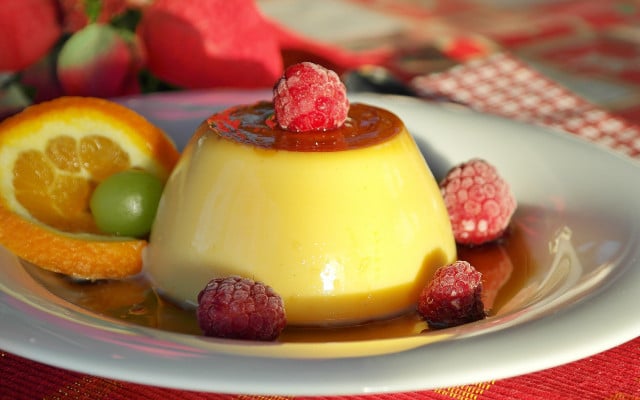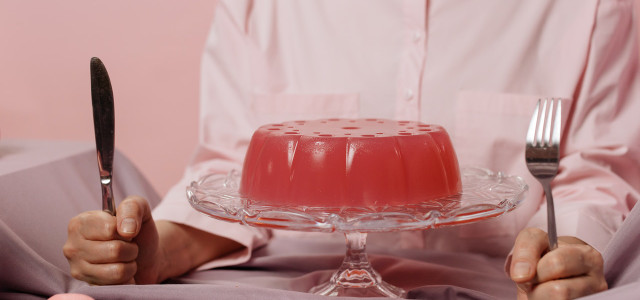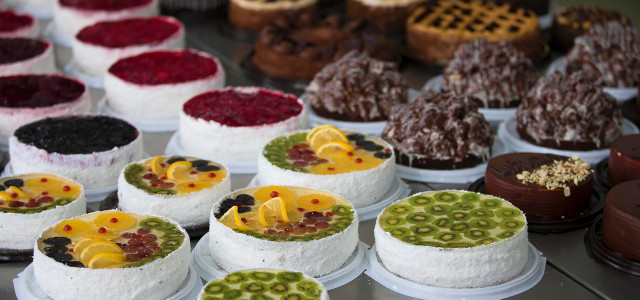Agar agar is a wonderful plant-based alternative to conventional gelling agents. We’ll explain how it is produced, and how you can use it.
Gelling Agent Agar Agar: What Is It?
Agar agar is a mix of carbohydrates that sit in the cell walls of red algae. It’s obtained from dried algae and often sold in bars, flakes, or powder form. You can use it as a thickener in soups or a gelling agent in candies and ice cream.
Unlike gelatin, which contains bones, cartilage, and connective tissue from cattle and pigs, agar agar is purely plant-based. Drugstores, health food stores, and Asian grocery stores carry this plant-based gelling agent, often in jars or paper packets. If you can’t find it in stores near you, you can buy it on Amazon**
Japanese Gelatin: What to Keep In Mind
While some refer to it as Japanese gelatin, the term agar agar comes from the Malay/ Indonesian word for red algae. East Asian countries like Japan, China and Korea are the main producers of agar agar, although Sri Lanka and New Zealand also produce it. Due to its East Asian origin, it has to travel a long way to reach our kitchens, creating additional CO2 emissions.
Many organic producers pay attention to the water and algae quality and often locate their aquacultures away from cities and villages. This ensures that they don’t contaminate the drinking water. We recommend that you purchase organic agar agar whenever possible!
How to Use Agar Agar



Like conventional gelatin, you can use agar agar for both sweet and savory dishes.
The only thing to keep in mind is the quantity. Read the package instructions carefully as the vegan gelling agent cannot be used one-to-one with gelatin. It only dissolves in boiling liquids and is six to ten times stronger than conventional gelling agents like gelatin.
Be aware that the gelling agent reacts differently to each liquid. Fruits such as plums and apricots strengthen its gelling power, whereas acid and fat can weaken the binding capacity.
Tip: To be on the safe side, do a gelation test.
- Place a plate in the freezer for a few minutes.
- After you have boiled the liquid with agar agar according to the package instructions, pour a few spoonfuls of the mixture onto the chilled plate.
- If it is still quite liquidy after two to three minutes, simply add a little more of the gelling agent. If the mass is too solid, it needs more liquid.
Health Benefits
Derived from algae, agar agar has a high protein content. Other healthy ingredients include:
- B Vitamins
- Beta-Carotene
- Vitamin K
- Calcium
- Magnesium
- Iron
- Folic Acid
It consists mainly of slowly digestible carbohydrates and protein. Be careful: consuming large quantities can have a laxative effect.
Important Information regarding Health-related Topics.
** Links to retailers marked with ** or underlined orange are partially partner links: If you buy here, you actively support Utopia.org, because we will receive a small part of the sales proceeds. More info.Do you like this post?









